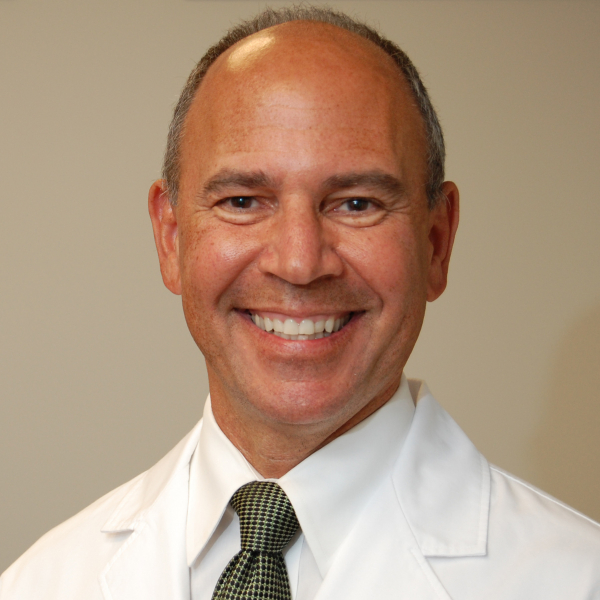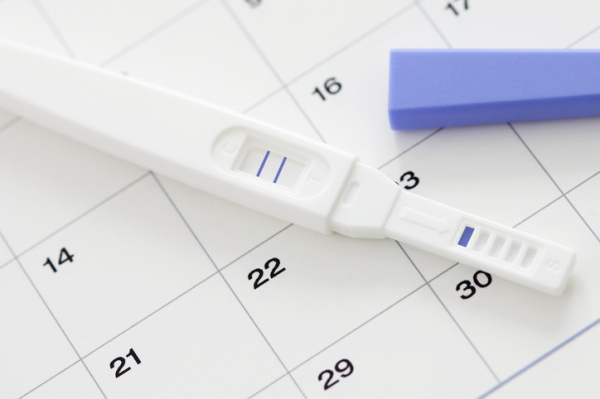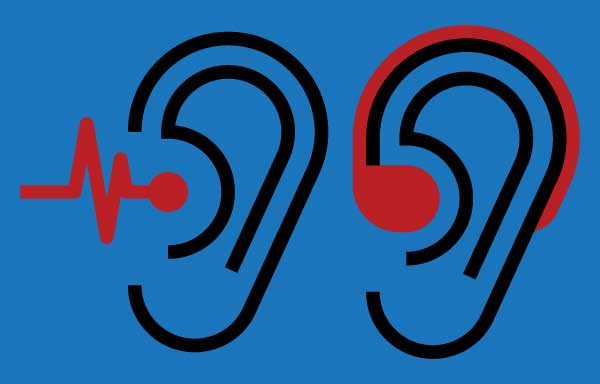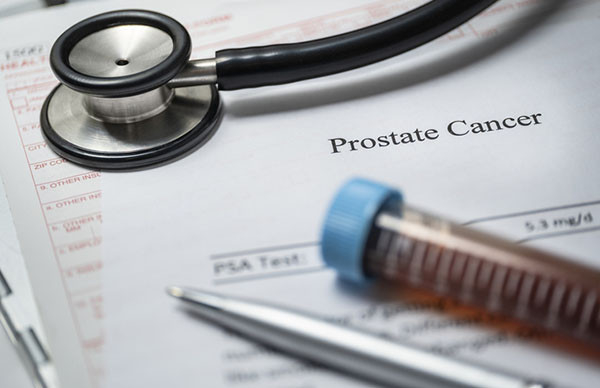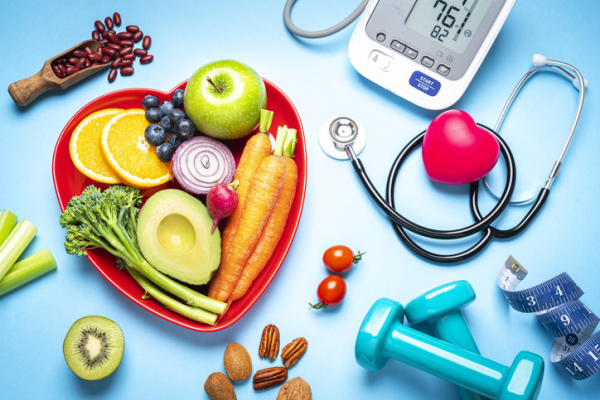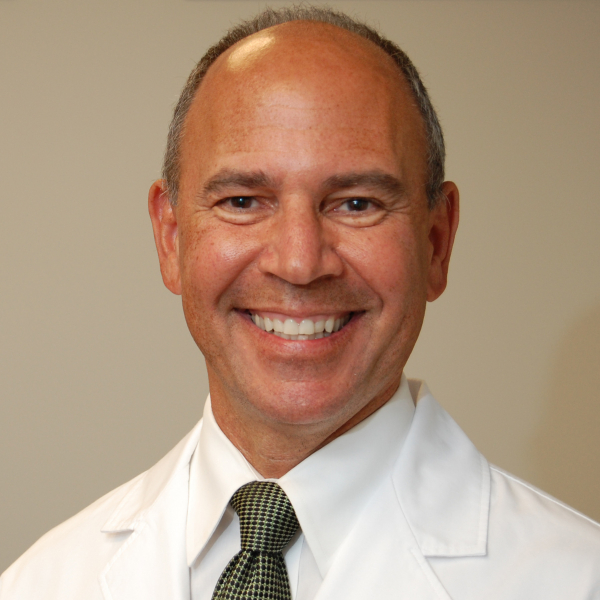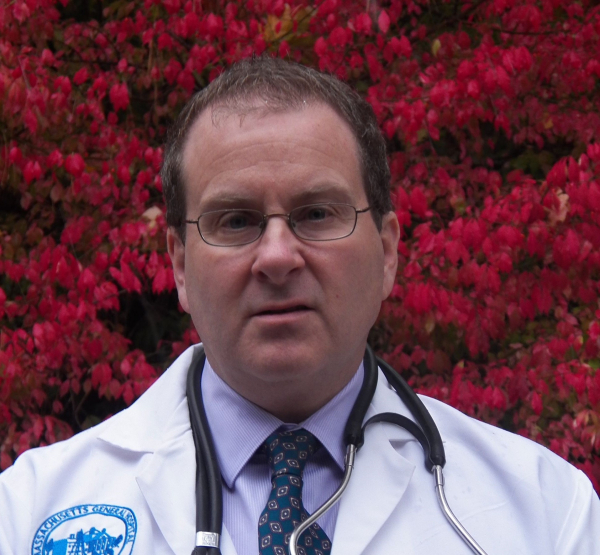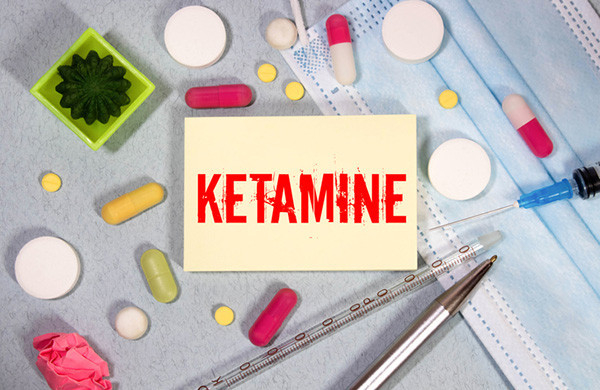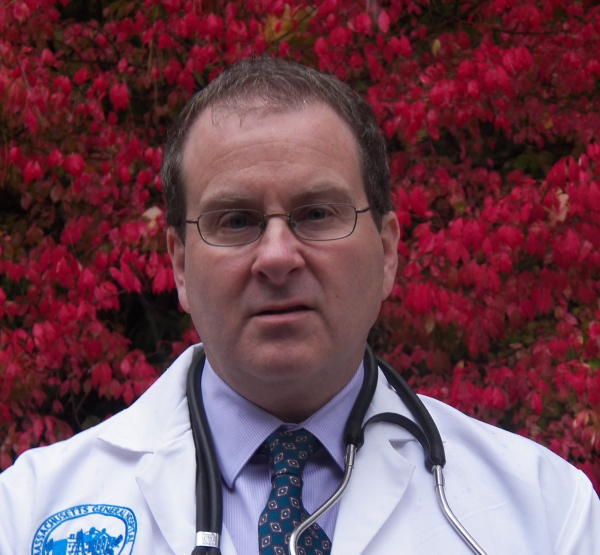
A visit with a surgeon can be overwhelming. You may feel anxious about your planned surgery. Many questions could be swirling in your head during a rushed visit. While surgeons have a reputation as technical specialists, bedside manner may be lacking at times.
It sounds simple, but setting the right expectations — on both sides — can ease your anxiety and help you feel more comfortable during a visit with your surgeon. So what exactly does this mean? And how can you accomplish it?
Tell your story
Tell your story to help set clear goals. Beyond simply stating what hurts or what is not working, be sure to include details such as
- how your current condition limits what you enjoy doing
- your daily activities
- how your condition affects your relationship with your social circle and family
- upcoming plans or goals such as travel, or life events like vacations or weddings.
Sharing details like these helps you collaborate to define a successful outcome for surgery.
Listen with your goals in mind
When explaining surgical options, surgeons are obligated to discuss key information, including risks, potential complications, and likely outcomes. Encourage your surgeon to put these facts into context based on what is important to you.
- Ask questions about how surgery will affect things you enjoy doing, such as playing pickleball, taking walks, cooking, reading, or listening to music.
- Ask what you should realistically expect during recovery and once you have recovered. For example, if you have a vacation or travel planned, be sure to discuss how surgery will affect your plans.
Define success before your surgery
Once you are confident that you have told your story and feel like you and your surgeon have set appropriate expectations, take the next step. Ask whether this discussion affects your surgeon’s approach to surgery, and explore how you each define surgical success.
Often, both surgeon and patient agree on a definition of success: for example, remove the entire tumor. But this simple definition may leave room for misalignment. Let’s say a surgeon is able to entirely remove a thyroid tumor, but now the patient speaks in a hoarse voice. While technically successful, this surgery may feel like a failure unless the person understood and accepted the risk that it could affect how they speak.
This highlights the importance of setting expectations. In this example, clear speech after surgery might be your expectation as a patient. Your surgeon must balance explaining how surgical risks might affect that expectation with the reality of treating the condition. Surgery is more likely to feel successful if both sides discuss and align their expectations.
Give yourself time when possible
Processing information about surgery can take time. A surgeon may have to provide realistic expectations that do not align with your initial expectations and hopes.
Some surgeries are urgent, others are not. If you do not need to make an immediate decision, be open with your surgeon. Let them know that you need time to consider the surgeon’s definition of success and your own. Reflecting on the discussion can reduce the stress and anxiety you’re likely to feel during an initial visit.
The bottom line: Making the most of your appointment
Communication goes two ways during a good pre-surgery visit. Do your best to tell your story and emphasize details of your life that are important. When listening, ensure that your surgeon acknowledges these details and describes how surgery may affect your life, as opposed to simply stating technical facts about the surgery. Setting expectations together will help you achieve a common goal and establish a strong surgeon-patient relationship that is essential for a positive surgical outcome.
About the Author

James Naples, MD,
Contributor; Editorial Advisory Board Member, Harvard Health Publishing
Dr. James Naples is a physician at Beth Israel Deaconess Medical Center, and a clinical instructor at Harvard Medical School in Boston, MA. He earned his medical degree from the University of Connecticut School of Medicine, … See Full Bio View all posts by James Naples, MD




